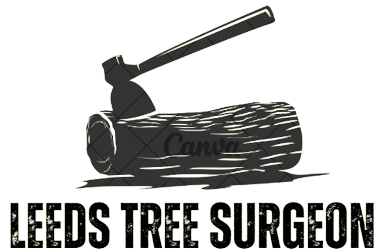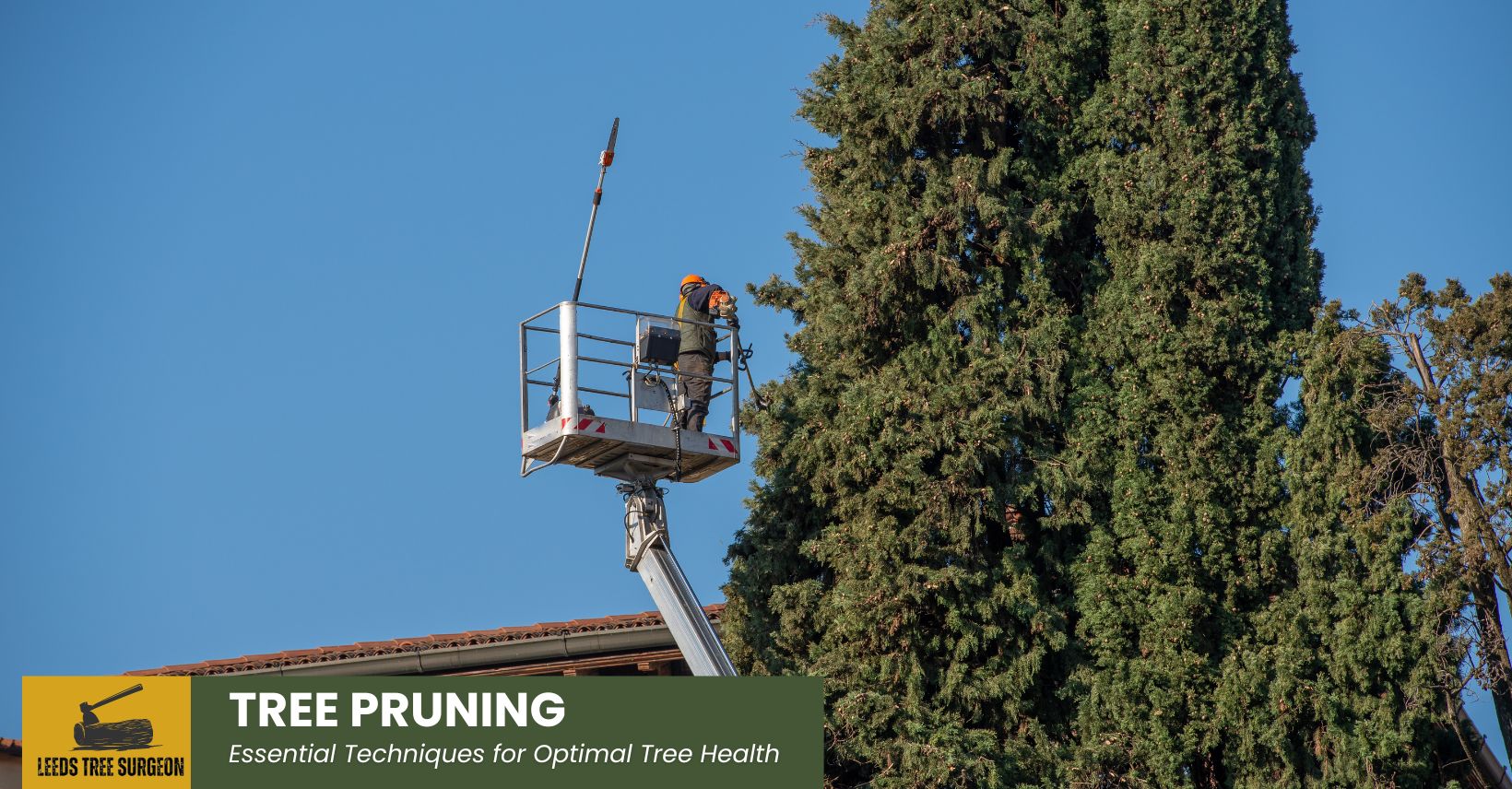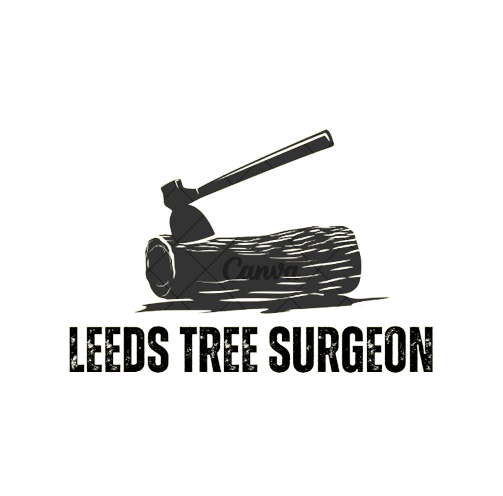Tree pruning is a vital aspect of tree care that can promote healthy growth, improve tree structure, increase fruit production, prevent disease and pest infestation, and enhance the aesthetic appeal of your landscape.
Knowing when and how to prune your trees is important for their long-term vitality.
We will explore the essential techniques for optimal tree health, including the best time to prune, the tools needed for the job, and proper pruning methods.
Let’s dive in and ensure your trees thrive for years to come.
What Is Tree Pruning?
Tree pruning is the process of selectively removing certain parts of a tree, such as branches, to improve the tree’s health, structure, and appearance.
Pruning is an important arboriculture practice involving skill, tree biology knowledge, and proper techniques. The primary goals of tree pruning are to enhance the tree’s overall health, promote growth, and mitigate potential risks such as weak or diseased branches.
- Light pruning: involves the removal of small branches to improve the tree’s appearance.
- Thinning: focuses on removing select branches to allow more light and air circulation within the tree canopy.
Why Is Tree Pruning Important?
Tree pruning, a vital maintenance practice, enhances tree health and growth by selectively removing branches. This method improves the tree’s structure and promotes its overall well-being. Below are the reasons why tree pruning is important.
Promotes Healthy Growth
Tree pruning encourages healthy growth by removing dead or overgrown branches, allowing the tree to allocate resources more effectively to new growth.
This pruning process helps the tree focus its energy on essential areas, such as developing stronger branches and producing more lively leaves and flowers. By eliminating non-productive parts, the tree can direct vital nutrients to where they are most needed, promoting overall health and vitality. Pruning enhances air circulation and sunlight exposure within the tree canopy, which aids in photosynthesis and reduces the risk of disease. As a result, the tree becomes more resilient, capable of withstanding environmental stressors and growing more vigorously.
Improves Tree Structure
Improving tree structure through pruning helps to shape the tree, ensuring a strong and stable framework that can withstand environmental stress.
Tree pruning is important not only for the aesthetics of the tree but also for its overall health. Removing dead or weak branches can give the tree more nutrients for healthy growth, promoting lush foliage and strong branches. Proper pruning techniques involve trimming branches to encourage new growth in the desired direction, improving air circulation within the canopy, and reducing the risk of disease and pest infestations. A well-pruned tree looks visually pleasing and creates a safer, healthier environment.
Increases Fruit Production
Regular tree pruning is essential for increasing fruit production and enhancing flowering. It ensures the tree’s resources are directed to the most productive branches.
Pruning plays a pivotal role in optimising fruit production as it allows for the removal of dead or diseased branches, which can hinder growth and fruit development. The tree can focus its energy on producing quality fruits by strategically trimming branches. It also promotes proper air circulation and sunlight penetration throughout the canopy, leading to better fruit ripening and reduced risk of diseases. Timing is important when it comes to pruning, with different seasons requiring exact techniques, such as winter pruning to stimulate new growth or summer pruning to control size and shape.
Prevents Disease and Pest Infestation
Pruning trees regularly helps to prevent disease and pest infestations by removing diseased or infested branches, thereby reducing disease risks and infections.
Eliminating weak, dead, or dying branches allows the tree to allocate its resources more efficiently to healthy growth. This improves the tree’s overall health and enhances its ability to resist various diseases and pests. In addition, pruning allows for better air circulation and sunlight exposure throughout the tree, creating an environment that is less favourable for disease-causing organisms to thrive.
Enhances Aesthetic Appeal
Tree pruning significantly enhances the aesthetic appeal of trees and the surrounding landscape by maintaining a well-groomed and visually pleasing appearance.
Correct tree pruning enhances attractiveness, ensures healthier growth, and mitigates disease risk. A well-pruned tree features a balanced canopy and aesthetic shape, enhancing any outdoor space’s beauty. This practice promotes better air flow and sunlight exposure and helps regulate tree size and shape, preventing overgrowth and interference with surrounding plants. Understanding the optimal timing for these pruning activities is important, leading us to consider when the best time to prune trees is.
When Is the Best Time to Prune Trees?
Pruning trees at the optimal time maximizes health benefits and promotes strong growth while preventing damage. This practice, essential for maintaining tree vitality, leads directly to understanding when these activities should occur. Below are the best times to prune trees.
Dormant Season Pruning
Pruning during the dormant season, typically in late winter, is ideal as it allows the tree to recover quickly and encourages strong new growth in spring.
The benefits of dormant season pruning go beyond the immediate trim. The plant can focus its energy on healing wounds by trimming during this period instead of competing with other growth processes. This results in stronger, healthier branches, enhancing the tree’s overall appearance.
Pruning in late winter reduces the risk of disease and pest infestations, as these issues are less prevalent. To make the most of dormant season pruning, use sharp tools to make clean cuts and prune strategically to promote a balanced shape for the tree.
Summer Pruning
Summer pruning is beneficial for controlling the size of the tree and removing unwanted new growth that may have developed during the growing season.
One of the main advantages of summer pruning is that it helps enhance fruit production by redirecting energy to the development of existing fruits rather than allowing it to be wasted on unnecessary branches. This technique is especially effective for fruit trees such as apple, peach, and plum trees.
- Summer pruning also promotes air circulation and sunlight penetration within the canopy, reducing the risk of diseases and promoting overall tree health.
When performing summer pruning, it is essential to focus on removing suckers, water sprouts, and any crossed, dead, or diseased branches.
Pruning After Flowering
Pruning after flowering is particularly important for flowering trees and shrubs, as it helps to shape them and encourages better blooms in the following season.
Timing is important when pruning after flowering. This should be done right after flowering to avoid impacting next year’s blooms.
Pruning techniques, which involve removing dead branches and shaping plants, promote healthier growth and rich blooms. This process, focused on preserving next year’s buds, optimizes the plant’s blooming cycle. Such detailed care sets the stage for discussing the essential tools required for tree pruning.
What Tools Are Needed for Tree Pruning?
The right tools are essential for effective tree pruning, trimming, and ensuring that you can prune trees efficiently and safely to promote their health and growth.
Hand Pruners
Hand secateurs are essential tools for tree pruning. They are ideal for making precise cuts on small branches and stems.
There are two main types of hand secateurs available in the market:
- Bypass secateurs: Bypass secateurs have two curved blades passing each other, providing clean cuts that promote healing. They are perfect for live branches.
- Anvil secateurs: On the other hand, anvil secateurs have a straight blade that cuts against a flat surface, making them suitable for deadwood and tough branches.
When selecting hand secateurs, consider factors such as the size of your hands, the type of pruning you’ll be doing, and the quality of the blades. Ensure you choose secateurs that feel comfortable and suit the size of the branches you will be cutting.
To maintain your hand secateurs, regularly clean the blades with a disinfectant to prevent the spread of diseases between plants. Sharpen the blades as needed to ensure clean cuts. Lubricate the pivot point regularly to keep the secateurs operating smoothly and prevent rusting. Proper maintenance will increase the lifespan of your hand secateurs and ensure efficient tree pruning.
Loppers
Secateurs are powerful tools used in tree pruning to cut thicker branches that hand pruners cannot handle.
Different types of secateurs, such as bypass, anvil, and ratchet, are designed for various tasks.
- Bypass secateurs are great for making clean cuts on live wood.
- Anvil secateurs are suitable for cutting dead branches.
- Ratchet secateurs provide extra leverage for easier cutting of thicker branches.
When choosing secateurs, consider the cutting capacity, blade material, and handle length that suits your needs. To maintain your secateurs, regularly clean and oil the blades, sharpen them as needed, and store them in a dry place.
Pruning Saws
Pruning saws are important for tree pruning, especially for cutting larger branches that loppers cannot manage.
There are various types of pruning saws designed for different tasks. Hand saws are versatile and great for general pruning needs while folding saws are compact and easy to carry around. With their larger blades, bow saws are ideal for cutting thick branches. Pole saws offer extended reach for higher branches. It is important to choose the right saw based on the size of the branches you need to prune to ensure efficient and effective cutting.
Pole Pruners
Pole pruners are essential for reaching high branches during tree pruning, allowing for safe and efficient trimming without ladders.
By utilising a pole pruner, individuals can effortlessly maintain the health and aesthetics of their trees by easily accessing branches that are too high to reach by hand. These tools provide a substantial safety advantage by enabling users to keep both feet safely on the ground while operating the pruner. The convenience of not having to constantly reposition ladders makes the pruning process quicker and more streamlined. With the right technique and equipment, one can achieve precise cuts and shape trees without putting themselves at risk.
Safety Equipment
Using safety equipment is vital during tree pruning to protect yourself from potential hazards and ensure a safe working environment.
Essential safety equipment for tree pruning includes well-fitting gloves that protect hands from cuts, snug goggles that shield eyes from debris, and secure helmets that guard heads against falling objects. Ensuring the helmet’s chin strap is tightly fastened will keep it in place. This setup prepares one effectively for learning the correct tree pruning techniques in the following section on How to Prune Trees Properly.
How to Prune Trees Properly?
Effective tree pruning adheres to precise techniques that enhance a tree’s health, growth, and stability. Employing these methods ensures trees not only survive but thrive. Below are some ways on how to prune trees properly, providing clear guidelines to maintain their optimal condition.
Identify Branches to Be Pruned
The first step in tree pruning is identifying the branches to be pruned. This involves assessing the tree for dead, diseased, or overgrown branches that need removal.
When identifying branches for pruning, it is important to look for signs indicating which branches require attention. Dead branches are usually easy to spot as they don’t have any leaves or buds and are brittle to the touch. Diseased branches may show discolouration, unusual growth patterns, or lesions. Overgrown branches, on the other hand, may cross over other branches, causing crowding. You can determine which branches should be pruned by carefully examining the tree’s overall health and structure.
Make Proper Cuts
Proper cuts during tree pruning are important to ensure the tree heals correctly and grows healthily.
One important technique for making proper cuts is to ensure they are clean and smooth, without any jagged edges hindering the healing process. It is also vital to cut at the correct angle and location to prevent damage to the tree and promote proper regrowth. Tools such as sharp pruning shears, loppers, and saws fitted with sharp blades are essential for precise cuts. By using the right tools and techniques, you can effectively maintain the health and appearance of your trees.
Follow the 3-Cut Method for Larger Branches
The 3-cut method is recommended for pruning larger branches to prevent damage to the tree and ensure a clean cut.
- The first step in the 3-cut method involves making a small cut on the underside of the branch about 6-12 inches from the trunk, which helps prevent the bark from tearing when the branch is cut off.
- Next, a second cut is made just outside the first one, this time from the top of the branch downwards, effectively removing the branch whilst preserving the tree’s main trunk.
- The final cut should parallel the branch bark ridge or the collar where the branch meets the trunk. This will promote quick healing and reduce the risk of diseases entering the tree through the pruning wound.
Clean and Disinfect Tools
Cleaning and disinfecting pruning tools are essential to prevent the spread of diseases and ensure that the tools remain effective for frequent use.
After each use, clean your tools with a cloth or brush to remove plant residues and sap and prevent pathogen build-up. Disinfect the tools thoroughly by immersing them in a solution of isopropyl alcohol or diluted bleach. This cleaning process not only maintains the health of your tools but also safeguards your garden’s overall well-being. As we conclude, these practices underscore the importance of particular care in gardening, seamlessly leading us to our final thoughts on ensuring the longevity and health of your plants.
Conclusion: Ensuring Long-Term Tree Vitality
Regular tree pruning is a vital aspect of tree care that enhances the tree’s health and appearance and ensures its longevity and sustainability within the landscape.
Tree pruning is important in maintaining a tree’s overall health by promoting air circulation and sunlight penetration, essential for photosynthesis and growth.
Tree pruning helps prevent the spread of diseases and pest infestations by removing dead or diseased branches, protecting the tree from potential harm.
Proper pruning techniques contribute to the tree’s structural integrity, reducing the risk of limb breakage or falling branches during storms or strong winds. Visit here for more information.





